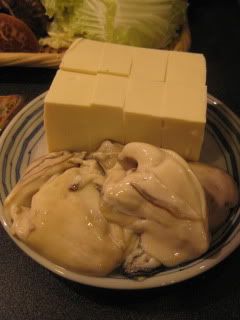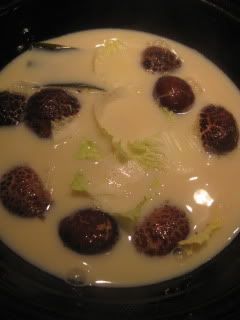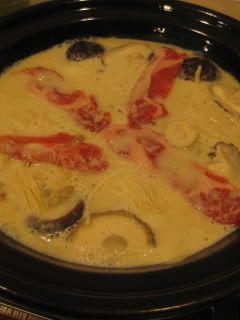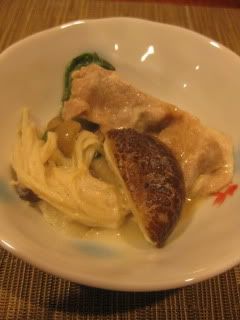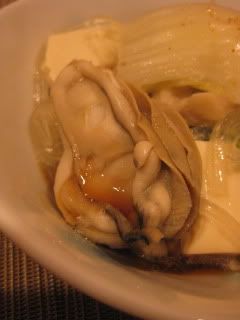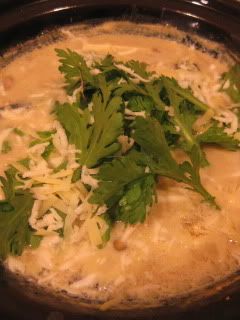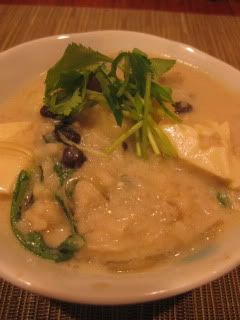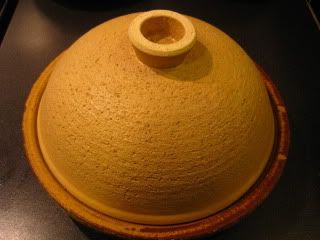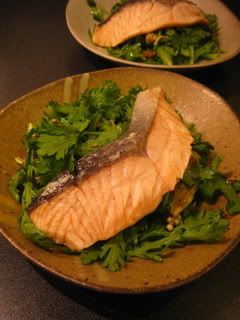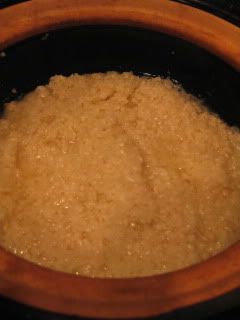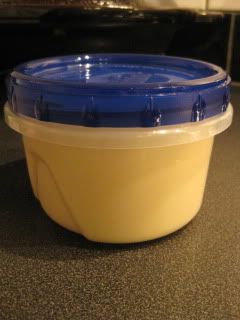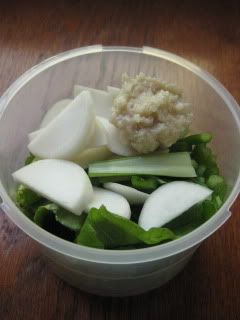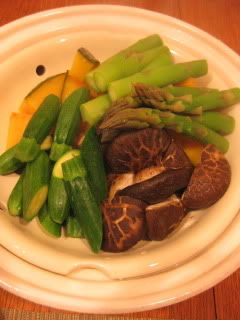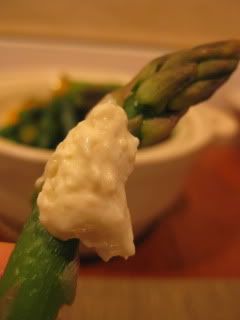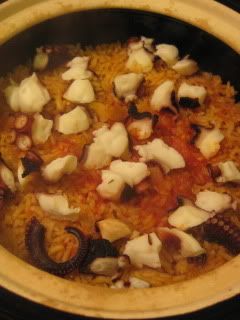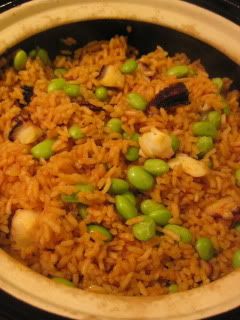
Last Saturday, we hosted a special "Koji" class, and it was so much fun!
I've been crazy about koji and have been making my own miso at home past years. I've also hosted miso-making classes since then. And, this time, we had a new Koji theme class, which were "Shio-koji" and "Amazake".

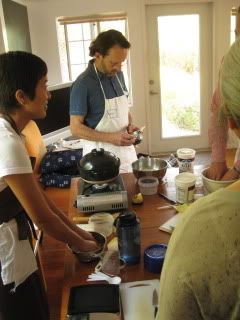
Everyone made his/her own shio-koji.
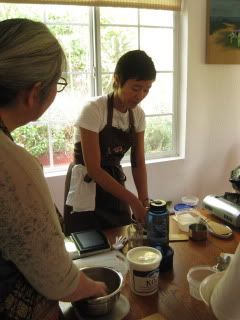
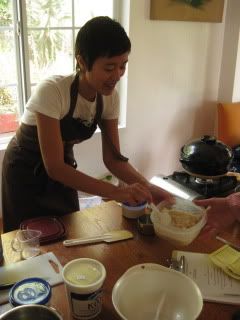
They also tried my 10-day shio-koji. We used American koji to make shio-koji today, but we also used Japanese koji (fuzzy and semi-dry kind) to make amazake.

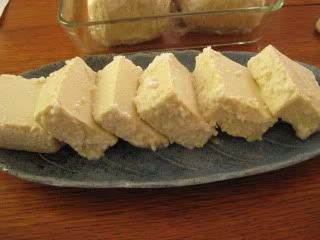

We tasted 4-day marinated shio-koji tofu, and freshly fermented amazake (came right out of donabe and heated in a pot).
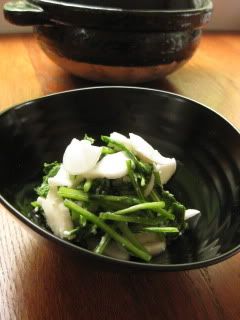


Shio-koji kabu "overnight" pickles, and Cream cheese/shio-koji/ amazake spread, were also served with shio-koji tofu.

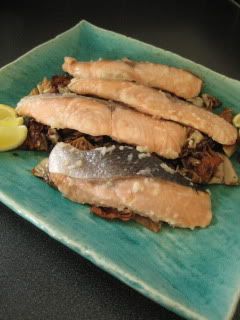
Daikon salad with shio-koji vinaigrette, and shio-koji salmon with radicchio.



Donabe shio-koji chicken in soymilk/amazake cream sauce, and donabe chirashi sushi with shio-koji sauteed sun-dried mushrooms & kale.
We even had my home-brew doburoku (nigori sake).
Every dish and drink was made with koji! Super probiotic meal.
"Power of KOJI"
Menu
(Making of Shio-koji & Amazake from Scratch)
~
Shio-koji tofu
~
Daikon radish salad with shio-koji vinaigrette
~
Roasted shio-koji salmon with radicchio
~
Shio-koji chicken & satsuma yam in soymilk & amazake sauce
~
Chirashi-sushi with shio-koji mushrooms & kale
Sake Selection
Naoko’s home-brew “doburoku” (nigori-sake)
I keep fermenting.
Happy donabe & koji life.







